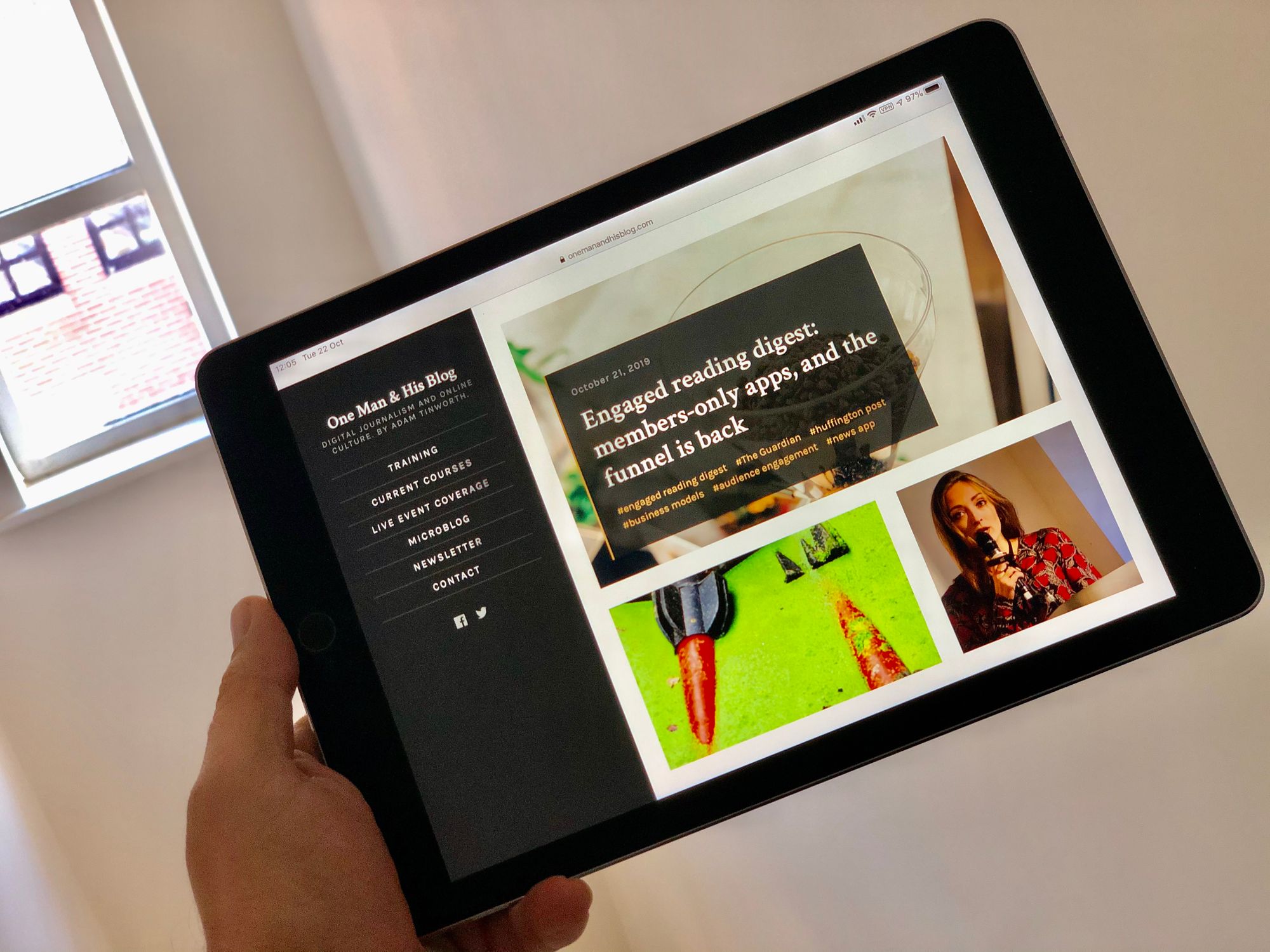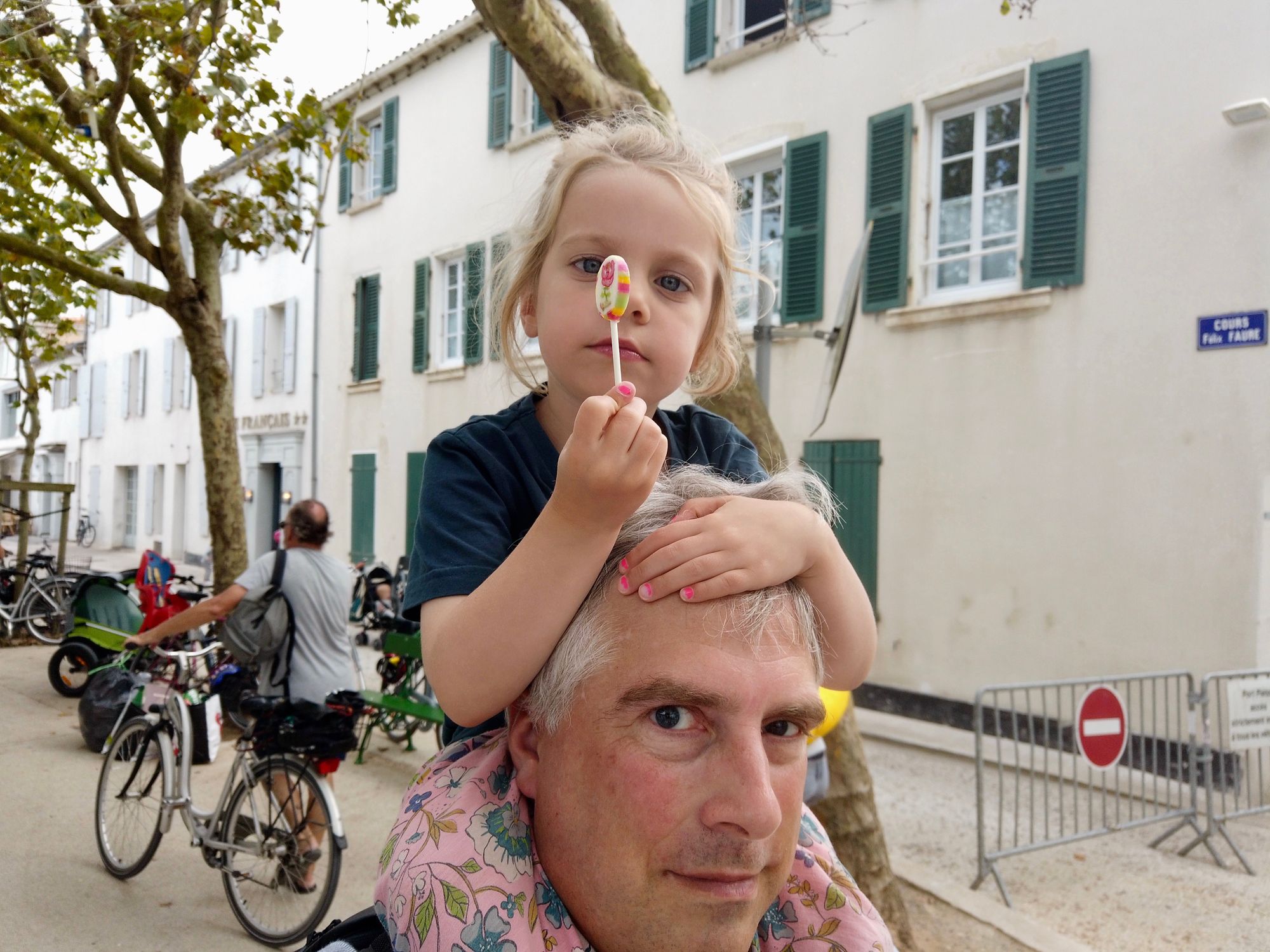When one or more Londoners gather, they shall talk about transport
I had a wonderful meeting this morning. Well, to be honest, the meeting itself tended towards the mundane, but the venue was possibly my idea of heaven on earth: the London branch of the Scotch Malt Whisky Society. I could spend the rest of my life, albeit a short and liver-damaged life, in the Society’s tasting lounge.
But I digress, as I tend to do when whisky is involved.
One of the most telling moments for me was the fact that the man organising the event was 30 minutes late, thanks to Connex‘s less than sterling efforts at running a railway. By the time we got around to lunch (and whisky tasting – such is a journalist’s lot), everyone was talking about the dire state of London’s transport. Much is made of the fact that road traffic moves no faster in London today than it did back in the Victorian era. Fair enough. It’s both true, and something which Ken Livingston, the mayor, is doing something to address through the congestion charging scheme. What is discussed less often is the disgusting state of the rest of our transport network.
The car issue, when you think about it, is a simple one. London was laid out and its street pattern largely set before the internal combustion engine was even a twinkle in the eye of the engineering community. London’s streets are ill-equipped for cars at the best of time, and certainly not ready for 60% of the population to own one and attempt to use it in anger. (There is no other way to use a car in London. It is psychologically impossible to stay calm from one street to the next while navigating London’s roads.)
The public transport issue is a more complicated one. After all, public subsidy has usually been available for infrastructure projects. There are hordes of Londoners who commute via public transport and their numbers grow year on year. The economics of infrastructure development seem to make a certain sense, both fiscally and logically. So, why have we had a total of three major public transport initiatives in the last 30 years: the Jubilee line and its extension and the Docklands Light Railway?
We need to look again at the Victorian era. It was those Empire-building Victorians that gave London much of its present infrastructure, including the railways, the early tube lines, the sewer system and even the Embankments. Now, you could argue that this was financed by the wealth that was pouring into the city from an growing Empire. True, but London has been a very wealthy city for a long time. So much so, in fact, that London’s taxes subsidise much of the rest of the country. No, the crucial factor here was vision. The Victorians had both the vision and passion to bring forward great engineering projects and took great pride in the results. In the century since, we have lost track of that vision. Nowadays, great projects are treated with penny-pinching cynicism and are generally derided by the public when they are actually built. Canary Wharf at the end of the 80s and then the Dome at the end of the 90s are both good examples of that.
So, I’m advocating that most discredited things: a return to Victorian values. I’m not talking about morals and all those things that the Tory party banged on about in the mid-90s, but instead about the vision that turned London into one of the world’s great cities. That vision created the infrastructure we rely on today. It’s a credit to our ancestors of a century ago that it’s lasted as long as it has, and the best memorial we can pay them is to give the city a second dose of Victorian Vision.
Sign up for e-mail updates
Join the newsletter to receive the latest posts in your inbox.










